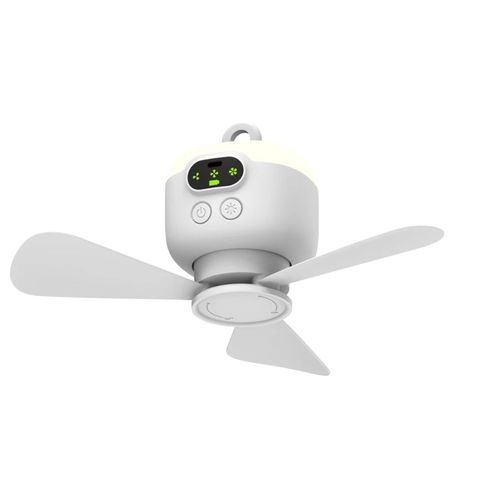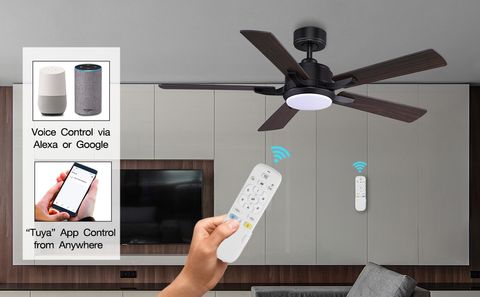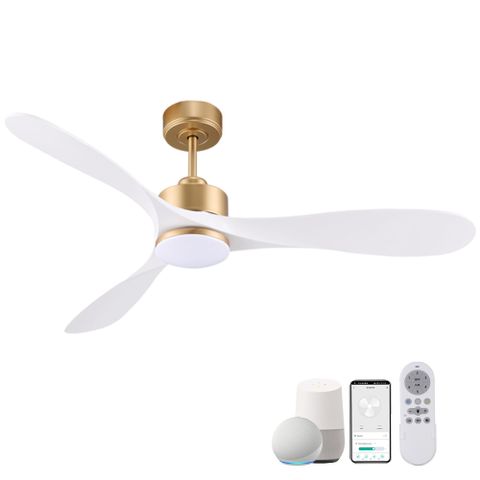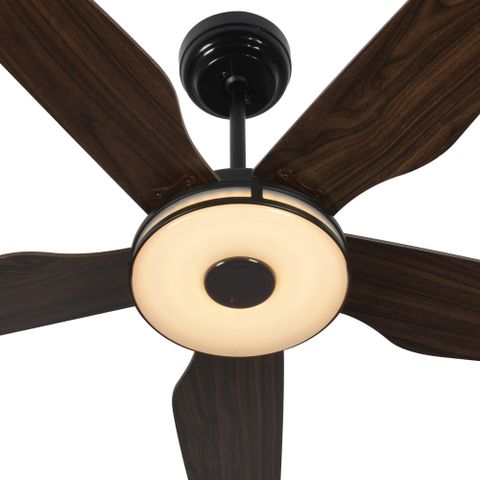Picture this: You’re stepping outside after dark, and your patio lights automatically turn on as you approach. Or maybe you’re relaxing in your backyard, and the breeze flows naturally through smart vents that adjust based on weather conditions. These aren’t futuristic dreams anymore. They’re realities made possible by wireless innovation in outdoor lighting and ventilation systems.
When we think about outdoor spaces, we often picture gardens, patios, and decks. But what if we told you that the way we light and ventilate these areas has undergone a complete transformation? It’s happening right now, right in our backyards and neighborhoods. Wireless technology has quietly revolutionized how we interact with our outdoor environments, making them safer, more comfortable, and more energy-efficient than ever before. Think about it – your outdoor lighting no longer needs thick cables running through your garden, and your ventilation system doesn’t require constant manual adjustments. This isn’t just about convenience; it’s about creating smarter, more responsive outdoor living spaces.
The Rise of Wireless Outdoor Lighting
Outdoor lighting used to mean heavy wiring, complex installations, and limited flexibility. Today, wireless systems have changed everything. Imagine walking through a neighborhood where every home has its own unique lighting scheme, all controlled by simple apps on your phone. That’s exactly what wireless lighting has made possible.
The magic happens through several key innovations:
• Smart sensors that detect movement and adjust brightness accordingly
• Solar-powered systems that charge during the day and illuminate at night
• Networked systems that sync multiple lights together for dramatic effects
• Remote control capabilities that let you manage everything from inside your house
These systems work like a well-coordinated dance. When someone approaches your front porch, motion sensors activate the lights without any manual input. During the day, solar panels collect energy to power the system, eliminating the need for electrical connections. And when you want to change the mood, a simple tap on your smartphone can transform your entire outdoor space.
The benefits extend far beyond aesthetics. Wireless outdoor lighting reduces installation costs significantly because there’s no need for extensive wiring. It also allows for easy repositioning if you decide to rearrange your patio furniture or garden layout. Plus, many systems offer dimming capabilities that let you create different atmospheres for various occasions.
Ventilation Without the Hassle
Outdoor ventilation used to be a manual process. You’d open windows, adjust vents, or hope for a good breeze. Now, wireless systems can automatically regulate airflow based on temperature, humidity, and even air quality. It’s like having a personal climate assistant for your outdoor space.
Smart ventilation systems work through several clever mechanisms:
• Temperature sensors that trigger fans when it gets too hot
• Humidity monitors that activate dehumidifying features
• Air quality detectors that improve circulation when pollutants rise
• Integration with weather forecasts to pre-adjust settings
• Mobile app control for remote management
Consider a summer evening when the temperature starts climbing. Instead of fumbling with window controls, a smart system automatically opens vents and activates fans when the indoor temperature reaches a certain threshold. It’s not just convenient; it’s proactive. These systems can even learn your preferences over time, automatically adjusting to your schedule and habits.
The impact on comfort and health is remarkable. Better air circulation means less stuffiness, reduced mold growth, and improved overall air quality. For those who spend a lot of time outdoors, especially during hot weather, this automatic regulation can make the difference between a pleasant evening and an uncomfortable one.
Integration and Connectivity
What makes wireless outdoor systems truly powerful is their ability to connect and communicate with each other. This integration creates a seamless experience that feels almost magical.
Modern outdoor ecosystems often include:
• Central hubs that coordinate all connected devices
• Cross-platform compatibility across different brands
• Voice control integration with popular assistants
• Automated scheduling and programming
• Real-time monitoring and alerts
Think about a scenario where your outdoor lights automatically dim when your security cameras detect movement, or where your ventilation system adjusts based on your outdoor speakers playing music. These connections happen seamlessly in the background, creating a cohesive environment that responds to your lifestyle.
The connectivity also enables predictive maintenance. If a sensor starts acting up, the system can alert you before it fails completely. You might receive notifications about replacing batteries or cleaning sensors, ensuring your outdoor setup continues working optimally.
This interconnectedness extends beyond individual homes. Smart cities are beginning to implement wireless networks that coordinate traffic lights, street lighting, and environmental controls across entire neighborhoods, creating more efficient and livable communities.
Energy Efficiency and Sustainability
One of the most significant advantages of wireless outdoor systems is their improved energy efficiency. Traditional systems often wasted power through constant operation or inefficient controls. Wireless innovations have dramatically reduced energy consumption while maintaining performance.
Key energy-saving features include:
• Motion detection that only uses power when needed
• Adaptive brightness that adjusts to ambient light levels
• Scheduled operation that runs during optimal times
• Solar integration for renewable energy generation
• Smart algorithms that learn usage patterns
For example, a wireless lighting system might use 70% less energy than traditional setups by only illuminating areas when people are present. Similarly, smart ventilation systems can reduce energy costs by optimizing airflow rather than running continuously.
Sustainability aspects go beyond just energy savings. Many wireless systems use rechargeable batteries, reducing electronic waste. Some incorporate recycled materials in their construction, and others feature modular designs that allow for easy upgrades rather than complete replacements.
The environmental impact is substantial. As more households adopt these systems, we see reduced carbon footprints and lower electricity bills. This shift toward smart outdoor solutions represents a broader trend toward sustainable living that extends into every corner of our homes and communities.
Installation and Accessibility
One of the biggest barriers to outdoor improvements was always installation complexity. Wireless systems have largely eliminated this challenge, making outdoor upgrades accessible to everyone.
The installation process has become remarkably straightforward:
• Plug-and-play setup for many systems
• Mobile app guidance for configuration
• Minimal physical modifications required
• DIY-friendly components
• Quick setup times compared to traditional methods
Imagine being able to install a complete outdoor lighting system in a few hours instead of days or weeks. That’s what wireless technology offers. Most systems come with detailed instructions and mobile apps that guide users through each step. You don’t need specialized skills or expensive contractors to get started.
This accessibility has democratized outdoor improvement. Homeowners who previously couldn’t afford professional installation can now create beautiful, functional outdoor spaces. Small businesses benefit too, with affordable options for signage lighting and customer area ventilation.
The cost savings extend beyond initial installation. Wireless systems typically require less maintenance and have fewer points of failure than traditional wired systems. This translates to lower long-term costs and less frustration when things go wrong.
Future Trends and Possibilities
The evolution of wireless outdoor systems shows no signs of slowing down. We’re already seeing exciting developments that will further transform how we experience outdoor spaces.
Emerging trends include:
• Advanced AI integration that learns user preferences and adapts automatically
• Integration with home automation platforms for full ecosystem control
• Enhanced security features including encrypted communications
• Improved battery life and charging technologies
• More sophisticated environmental sensors
• Integration with electric vehicle charging stations
What’s particularly exciting is the potential for even greater personalization. Future systems might consider factors like individual sleep cycles, seasonal preferences, or even local weather patterns to optimize outdoor environments. Imagine a system that knows you prefer cooler temperatures in the evening and automatically adjusts ventilation accordingly.
The convergence of outdoor and indoor smart systems will continue to blur boundaries. Outdoor spaces might become extensions of indoor living, with seamless transitions between environments. This integration could fundamentally change how we think about home design and functionality.
As these technologies mature, we’ll likely see new applications we haven’t even imagined yet. The possibilities for creating truly intelligent outdoor environments seem endless, promising even more comfort, efficiency, and beauty in our outdoor spaces.
The journey from traditional outdoor lighting and ventilation to wireless innovation represents more than just technological advancement. It’s about creating better experiences, more sustainable practices, and smarter living spaces. What began as simple improvements has evolved into sophisticated systems that respond to our needs and preferences in real-time. Whether you’re looking to enhance your backyard entertaining space or simply want safer, more comfortable outdoor areas, wireless innovation offers solutions that were unimaginable just a decade ago. The future of outdoor living is wireless, smart, and more accessible than ever before. As these systems continue to develop, they promise to make our outdoor experiences not just better, but truly transformative.














